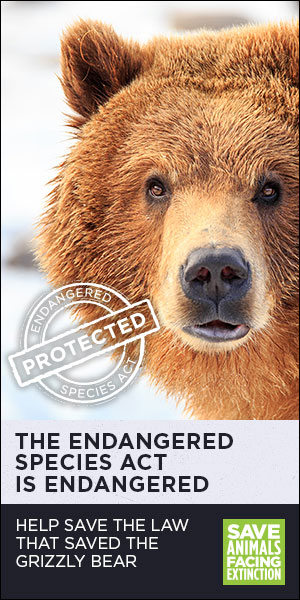Heat stroke might be deadly when the canine overheats and can not cool down by panting. In such a situation, taking the proper measures might save your dog’s life and minimize the risk that it will have extensive damage. Therefore, taking immediate action is critical if your dog shows signs of a heat stroke. But do you know how to spot the indications of heatstroke in your dog and what to do about it?
What are the symptoms of canine heat stroke?
Heat stroke is an extremely life-threatening clinical ailment that, if left neglected, might cause irreversible organ damage and perhaps even death in pets. Animal owners often don’t realize that their canine is experiencing heat stroke until it’s too late. As a result, it’s crucial to recognize the heat stroke indications to see if your pet begins to show them. Below are a few typical indications of heatstroke in dogs:
1. Heavily Panting
Dogs naturally pant to control their body temperature levels. But if your dog is panting profusely and does not seem to slow down, it may convey that they are experiencing heat stroke. This can indicate that your dog has difficulty regulating its body temperature.
You must lower their body temperature by providing water or using a wet cloth on their fur. This might help cool down and lessen the severity of your dog’s heatstroke. However, bringing your pet to an animal emergency hospital is required, particularly when your pet has been panting profusely for more than a few minutes.
2. Too much Drooling
Too much drooling in canines is a symptom of heatstroke. Your pet might start producing too much saliva to cool down because it will pant and have trouble controlling its body temperature. Your dog might be overheated and require a cool location to rest if you discover that they drool more often than usual.
In addition, you need to restrict your pet’s time outside during the warmest times of the day and prevent keeping them in direct sunlight for too long. To avoid heat stroke when your dog is outdoors, ensure they have access to shade and adequate cool water. It is likewise a good idea to groom your dog frequently and get rid of any excess fur or hair that could trap heat and make them too hot.
3. Difficulty Breathing
Heatstroke might intensify lung swelling and make breathing difficult for your pet. Transfer your dog to a cooler place as soon as you discover they are having trouble breathing, and provide plenty of water. They may breathe more easily, and their body temperature level might be lowered. However, you must seek clinical help if your dog doesn’t react rapidly to the cooler atmosphere or if their respiratory issues do not improve. You should bring them to the vet for proper pet lab diagnosis and guarantee that your dog gets the most excellent care and treatment.
4. Lethargy and Loss of Appetite
Sleepiness, a lack of interest in eating, and a general loss of vigor are indications of heatstroke in dogs. These changes in your dog’s habits must be closely monitored since they may signify a severe problem. Your dog might require attention if it looks sluggish and loses its appetite after being formerly vivacious and energetic.
Be aware that it may be fatal if heat stroke is not treated quickly. As a result, it’s critical to watch out for signs of discomfort in your dog and take proper measures. You can visit the website of a veterinarian to know what services you can get for your pet.


